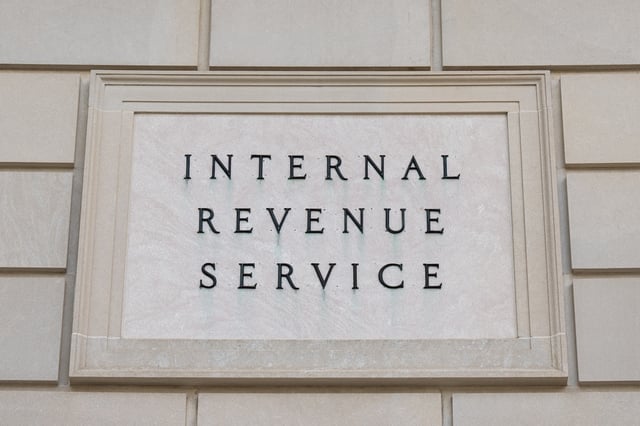Overview
- Most individual refunds are already electronic, with the IRS reporting 93% delivered by direct deposit out of more than 93.5 million refunds in the 2025 season.
- The agency cites security, speed, and cost gains, noting paper checks are over 16 times likelier to be lost or stolen and that electronic refunds typically arrive in under 21 days versus six weeks or more by mail.
- Taxpayers should keep using current filing and payment methods for now, with detailed guidance for 2025 returns to be issued before the 2026 filing season and checks still accepted as a payment method until further notice.
- The IRS says options for those without bank accounts will include prepaid debit cards, digital wallets, and limited exceptions for hardship or access issues, with paper checks continuing only in narrowly defined cases.
- The move is part of a government-wide transition under the executive order that also affects federal receipts and other agencies such as Social Security, even as Treasury reviews waiver procedures and critics urge stronger safeguards for unbanked, elderly, and overseas taxpayers.



